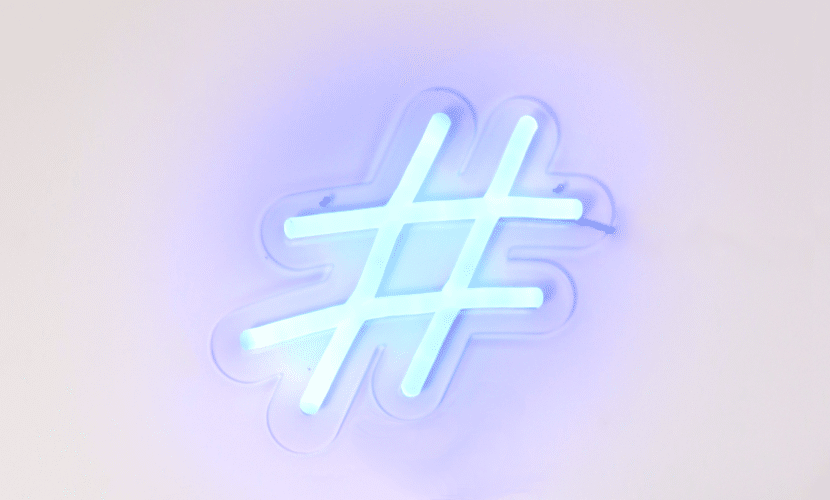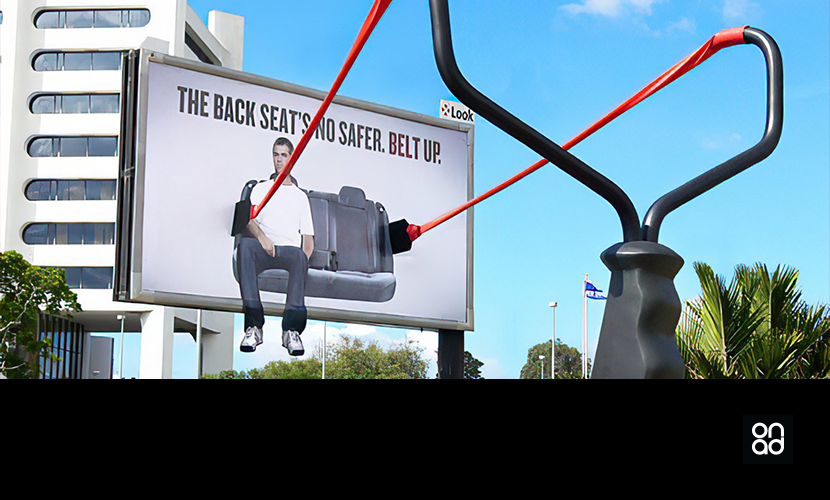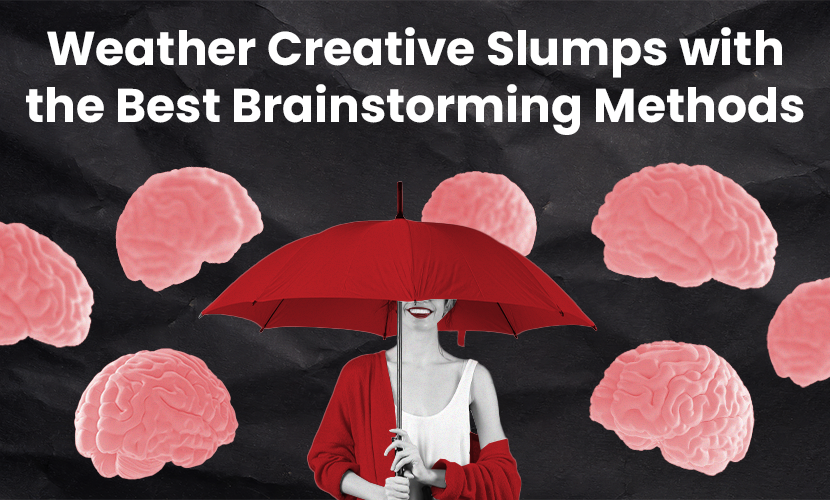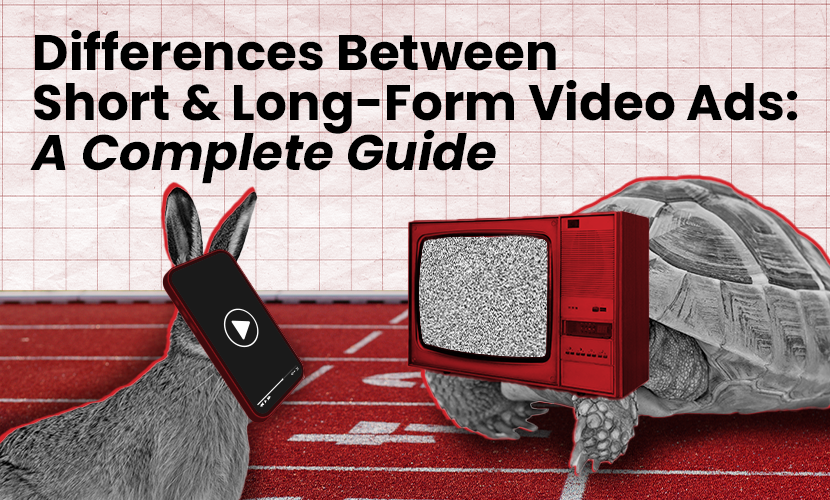After working with clients to grow their businesses for over 25 years, we’ve learned a few things about putting together the puzzle of success. And along the way, we’ve come to understand that each piece of the strategy plays its own vital, pivotal role in how a company evolves. For our clients, we employ a mix of social media platforms to enhance their presence. Each one helps solidify brand recognition, improve upon search engine optimization, and adds to a well-rounded approach to growth.
But, no two social media platforms are equal. Each serves a different purpose, is constantly changing, and reaches a unique set of audiences. Meaning one platform may be suitable for one client, and not for another. What popular social media platforms do we use for our clients – and how do we capitalize on their differences? We’re breaking down different social media platforms and how to best use them.
Founded in 2004, Facebook was first launched as an online networking for people across the world to connect with family, friends, and even strangers. Since then, it has shifted from its original purpose; now acting just as equally as a business site as it does a personal use one. And just as the social media platform’s use has evolved, so have its capabilities; now including an ad center for paid media, live streaming, story abilities, and more.
Facebook is useful to our clients in a variety of ways, both in marketing and in establishing a strong social media presence to show what you’re truly about. According to Facebook’s Investor Relations Q3 2019 results, there are 2.45 billion active users logging into the platform on a monthly basis as of September 2019; and that’s a lot of eyes to try to get in front of.
On the surface level of Facebook, sharing business updates, new product launches, company news, and photos and video is a strong strategy for keeping a client top of mind for their users. That’s because interaction, such as likes and follows, gets you organic attention. And this applies to capturing both returning customers and prospective ones. But beneath that, utilizing Facebook’s marketing integration, in tandem with organic social, is how we make the most of the site.
By working within the website’s robust advertising tools, we’re able to target the intended audience on a more granular scale. Some of the parameters available are gender and age, and you can also target zip codes and interests. This especially helpful to small, local businesses trying to keep their scope of advertising narrow and localized. And because Facebook is built with B2C marketing in mind, boosting posts and employing paid advertising is a great way to snag sales directly on the users’ feed.
What started out as a place for users to share photos of their day-to-day life, Instagram officially launched as the social media app we know today in 2010. Over the course of the past 10 years, it’s become the place to be for companies trying to tell their brand’s story in a more visual way. Interestingly enough, the social media platform is now owned by Facebook after being acquired by them in 2012. And while the sites still seem to operate independently in certain aspects, the similar capabilities aren’t lost on us when it comes to using them for our clients.
According to Statista, the social media platform now has 1 billion monthly active users as of April 2020. Because the entire purpose of the platform is essentially to curate a visually appealing, eye-catching feed – it’s all about putting forth the highest-quality images you can. For our clients, especially our B2B ones, this is where your products, goods, and story of your business can shine. With the ability to add shopping directly on a page and within posts, to the swipe-up feature in stories accessed after 10,000 followers, there’s plenty of ways that companies can sell directly to users without requiring them to ever leave the app.
Because Facebook purchased Instagram, their ad center is capable of creating, publishing, and monitoring ads for both platforms. And while only a few of our clients advertise on Instagram, we’ve learned that engagement is what we’re looking for. Sponsored or boosted posts, as well as actual paid ads, are used on Instagram mainly for brand-awareness rather than tangible conversions. It helps keep our clients top of mind for users and truly targets users’ interests through ad targeting and hashtags, Instagram’s main topic browsing method. In our strategies, creating branded hashtags and using them as often as possible helps create the conversation around our client and encourage it to grow.
Unlike a majority of the other social media platforms we work with, LinkedIn has a stronger focus on B2B marketing. Launched in 2003, the social media site has always placed an emphasis on being a place where users can cultivate professional relationships and strengthen their career. According to LinkedIn’s statistics, the platform has 675 million monthly users of professionals across the globe – a number that has steadily increased in recent years.
With LinkedIn concentrating heavily on professional connections, we often tweak content for our clients and tailor it specifically to the platform. Because of that, this is where content curation comes more into play on an internal level. To retain a strong level of professionalism, this is where our clients share industry articles, partake in conversations concerning their line of work, and make B2B connections with like-minded, complementary companies.
Like the other social media platforms, LinkedIn’s ad center is extremely helpful in growing our clients’ businesses. However, targeting parameters look a lot different, with only options to target companies and titles of individuals who work at those companies. In our planning, we don’t just research our clients’ competitors and peers. But, we also keep in mind what entities may be looking for their services, essentially using LinkedIn as a digital resume for our client.
Initially envisioned to be a place where users could send an SMS text that was broadcast to all of their friends, Twitter, launched in 2007, and now has an average of 330 million monthly active users as of the Q1 2019. Now, the social media platform is the hub for up-to-the-second news, business networking, and of course – personal use so users can update their followers about what they’re up to. And with only 280 characters available per tweet, messaging has to be clear and concise.
For our clients, this is where we can keep them relevant, keep their content timely, and get users to engage in a more direct conversation. And with such a limiting amount of room for information, it’s critical that we nail down exactly what our client wants their reputation to be. To create variety in content, Twitter has introduced features like polls, and most recently “Fleets”, which is their version of Instagram Stories, or the original ephemeral social media content king: Snapchat.
Similarly to Instagram, Twitter relies heavily on hashtags to help users partake in conversations and track topics. For all clients, and all platforms, we take an in-depth look at data to determine best posting times, relevant hashtags to use, and what branded ones to inc; and for Twitter this is especially important. Why? In order for users to remember you, Twitter, unlike Facebook or Instagram, is built for increased posting. And this could mean sometimes posting multiple times a day. Tweeting, and tweeting often, with these hashtags included generates the momentum our clients are looking for.
Google My Business
Did you know that there’s a free business profile you can create and manage directly on Google? Google My Business is a place to engage with customers directly and keep them informed. We also update profiles with current photos, events information, announcements, and relevant news. Not only that, but it’s where we control exactly how our clients’ businesses appear within Google’s search engine and what information populates in maps. This is done by updating hours and open locations when things are changed. And during the COVID-19 outbreak for example, this has been an especially poignant step.
YouTube
Throughout our years operating as an agency, we’ve provided a variety of video production services to our clients. And beyond sharing them within content on platforms, integrating them into websites, and more, we also run them as ads on YouTube. Just as we do on any of the other social media platforms we use. Originally introduced in 2005 as a free video-sharing platform, YouTube was purchased by Google soon after in 2006, meaning the two are now integrated seamlessly.
By setting up a Google Ads profile, we can begin to target users based upon age, gender, interests, and location. This allows us to create paid ads to drive traffic to our clients’ websites; and run them directly on the platform with ease. This, along with all of our other efforts, work in unison to better support our clients’ needs.
Plan your Platforms with ON Advertising
The world of social media platforms is evolving by the minute…but so are we. At ON Advertising, we offer lots of different services, but we take great care to match them with your specific vision. And this same idea is applied to the unique, custom strategy we create for both you and your business – because we are committed to your success.
When you partner with us we’ll take a deep dive into your company’s needs. And we’ll determine exactly what platforms are necessary for what you do. Whether that includes a full-blown Facebook campaign paired with a tiny Twitter schedule or just targeted ads that get straight to the point – we’re here to help unlock the potential of your brand.
Contact us to get started on your social media strategy today.
